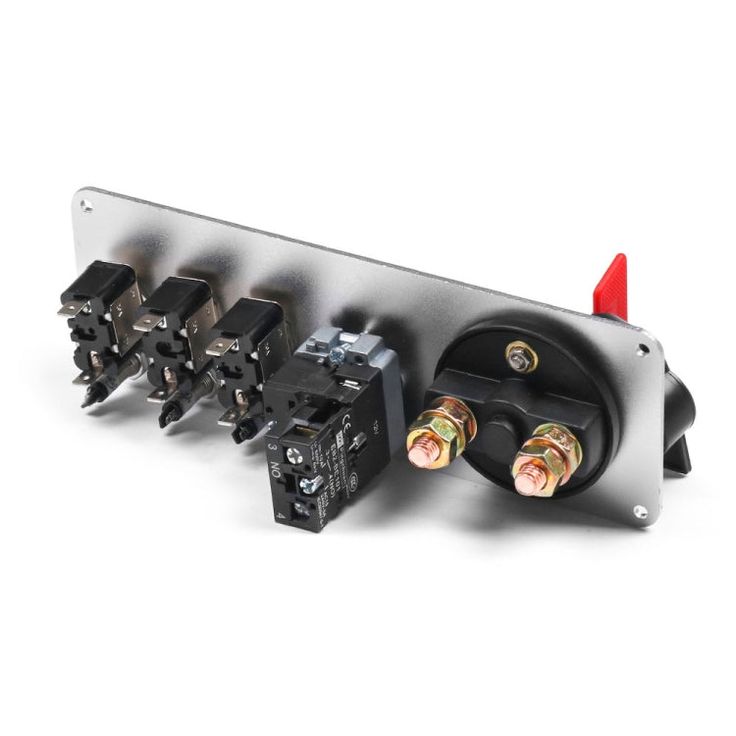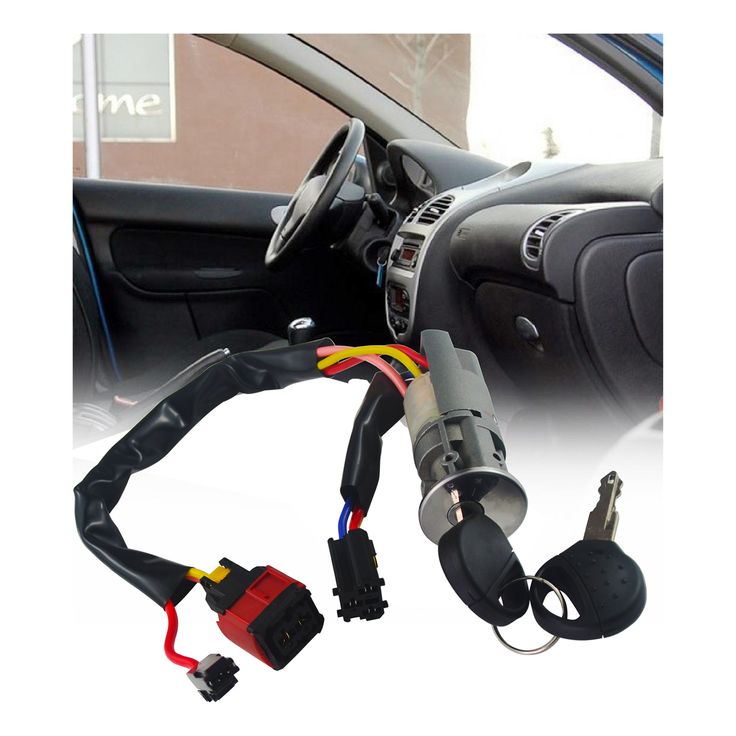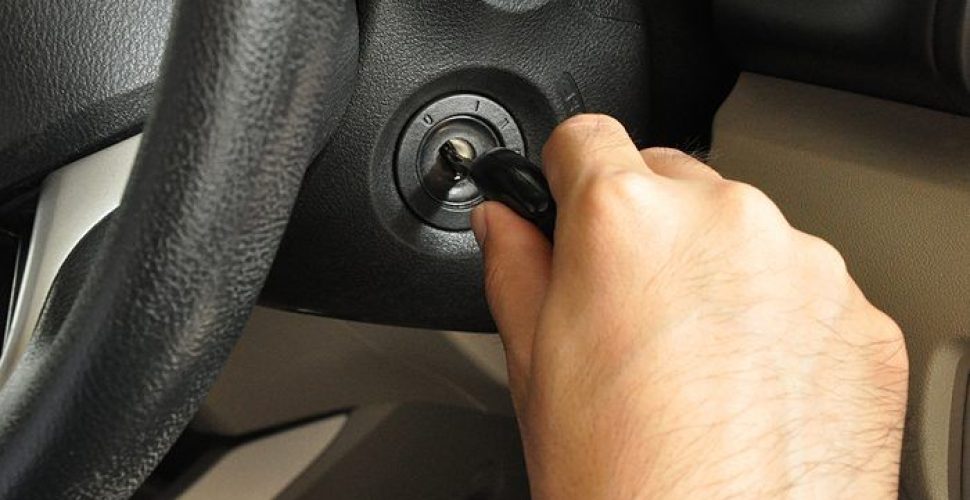If you’re a car enthusiast or someone who likes to tinker with their vehicle’s electrical systems, one of the most important questions you might have is: “Where are the car ignition wires located?” This question isn’t just for professional mechanics; anyone looking to troubleshoot their Car Ignition Wires system or work on their vehicle’s electrical components will need to know where these Car Ignition Wires wires are and how they function. In this article, I’ll guide you through the ignition system, where the Car Ignition Wires wires are located, and the crucial role they play in starting your car.
As we delve into this topic, you’ll learn the key components involved, how to locate ignition wires, and the best practices for troubleshooting ignition wire issues. Whether you’re replacing a faulty Car Ignition Wires switch or simply curious about how the system works, you’ll find everything you need to know here.
What Is the Car Ignition System and Why Is It Important?
The ignition system in a vehicle is responsible for starting the engine by igniting the air-fuel mixture inside the combustion chamber. The key role of Car Ignition Wires is to carry the necessary voltage to spark plugs to trigger combustion. Without these components, your engine wouldn’t start, leaving you stranded.
You may like this Why Don’t Mobility Scooters Have Battery Generators?
How Does the Ignition System Work?
Before locating the ignition wires, it’s important to understand how the entire ignition system operates. When you turn the ignition key or push the start button in your car, it sends an electrical signal to the ignition system. This activates the ignition coil, which then sends a high-voltage pulse through the ignition wire to the spark plugs, creating the spark that ignites the fuel mixture in the engine.

In modern vehicles, this process is controlled by the Engine Control Unit (ECU), which manages the timing of the spark and ensures the ignition system functions optimally.
Where Are the Car Ignition Wires Located?
Finding the ignition wires in your vehicle largely depends on the car’s make and model. However, there are a few general locations where you can expect to find the ignition wires. Let’s break it down.
The Ignition Switch Area
The Car Ignition Wires are typically located near the ignition switch, which is found on the steering column or dashboard, depending on the car. The ignition switch is connected to the battery and controls the flow of power to the ignition coil and other vital components.
- Location: Steering column or dashboard area.
- Components: Ignition switch, key, and electrical connectors.
From the ignition switch, a set of wires will extend to the ignition coil, which is usually located near the engine. This wire acts as the conduit for electrical power to flow from the ignition switch to the ignition coil.
The Ignition Coil
The ignition coil is responsible for converting low voltage from the battery into high voltage to power the spark plugs. It’s directly connected to the ignition wires.
- Location: Engine bay, mounted on or near the engine block.
- Components: Ignition coil, wiring harness, electrical connectors.
In some vehicles, you may find that the ignition coil is part of the ignition distributor. The distributor then sends the high voltage to the spark plugs via the ignition wires.
The Spark Plugs
The spark plugs are located at the top of the engine, where they create the spark that ignites the fuel mixture in the engine’s cylinders. The ignition wires, often referred to as spark plug wires, run from the ignition coil (or distributor) to the spark plugs.
- Location: Top of the engine, typically under the engine cover.
- Components: Spark plugs, ignition wires.
What Are the Different Types of Ignition Wires?
Not all ignition wires are created equal. There are different types of ignition wires, and it’s important to understand which one is used in your vehicle and how it impacts performance.
| Feature | Copper Ignition Wires | Carbon-Core Ignition Wires | Silicone Ignition Wires | Spiral-Core Ignition Wires |
| Material | Copper | Carbon Core | Silicone | Spiral Core |
| Heat Resistance | Moderate | Moderate | High | High |
| Durability | Moderate | Low | Very High | High |
| Performance | Good | Good | Excellent | Excellent |
| Price | Affordable | Affordable | Expensive | Expensive |
Pros and Cons of Each Type
- Copper Ignition Wires: Copper wires are affordable but not as durable as other options. They offer good conductivity but are prone to heat degradation.
- Carbon-Core Ignition Wires: These wires are commonly used in older vehicles. They provide good performance but are more susceptible to wear and tear over time.
- Silicone Ignition Wires: These wires are the most durable and heat-resistant. They are ideal for high-performance vehicles but come at a higher price.
- Spiral-Core Ignition Wires: Known for their excellent performance and durability, spiral-core wires offer minimal electrical interference and are ideal for modern vehicles.
How to Troubleshoot Ignition Wire Issues
If you suspect that your ignition wires are faulty, here’s how you can troubleshoot them. Start by visually inspecting the wires for any signs of wear, cracking, or fraying. Worn-out ignition wires can cause misfires, rough idling, and poor engine performance.

Testing Ignition Wires with a Multimeter
A multimeter is an essential tool for diagnosing issues with your ignition wires. Here’s how to use it:
- Set the Multimeter: Set your multimeter to measure resistance (ohms).
- Test the Wires: Place one probe on the wire’s terminal and the other probe on the spark plug connector.
- Check Resistance: A typical reading should be around 6,000 to 10,000 ohms per foot for copper wires. If the reading is higher, the wire may be damaged.
Signs of Faulty Ignition Wires
- Engine Misfires: Faulty ignition wires can cause incomplete combustion, leading to engine misfires.
- Difficulty Starting: If the ignition wires are bad, the engine may struggle to start or not start at all.
- Poor Engine Performance: You may notice sluggish acceleration or a lack of power when driving.
Replacing and Maintaining Ignition Wires
Replacing ignition wires is essential for keeping your vehicle running smoothly. Here’s how you can replace them:
- Disconnect the Battery: Always disconnect the battery before working with electrical components.
- Remove Old Wires: Carefully remove the old ignition wires, one by one, from the ignition coil and spark plugs.
- Install New Wires: Attach the new wires to the correct terminals, ensuring they are firmly in place.
- Test the System: After replacing the wires, start the engine and check for any irregularities in performance.
Recommendations for Maintaining Ignition Wires
- Regular Inspections: Inspect the wires for cracks, signs of wear, and corrosion every 6 months.
- Use High-Quality Wires: Invest in high-quality ignition wires that are durable and designed for your vehicle’s specifications.
- Avoid Overheating: Ensure the wires are kept clear of hot engine parts to prevent them from melting or cracking.





